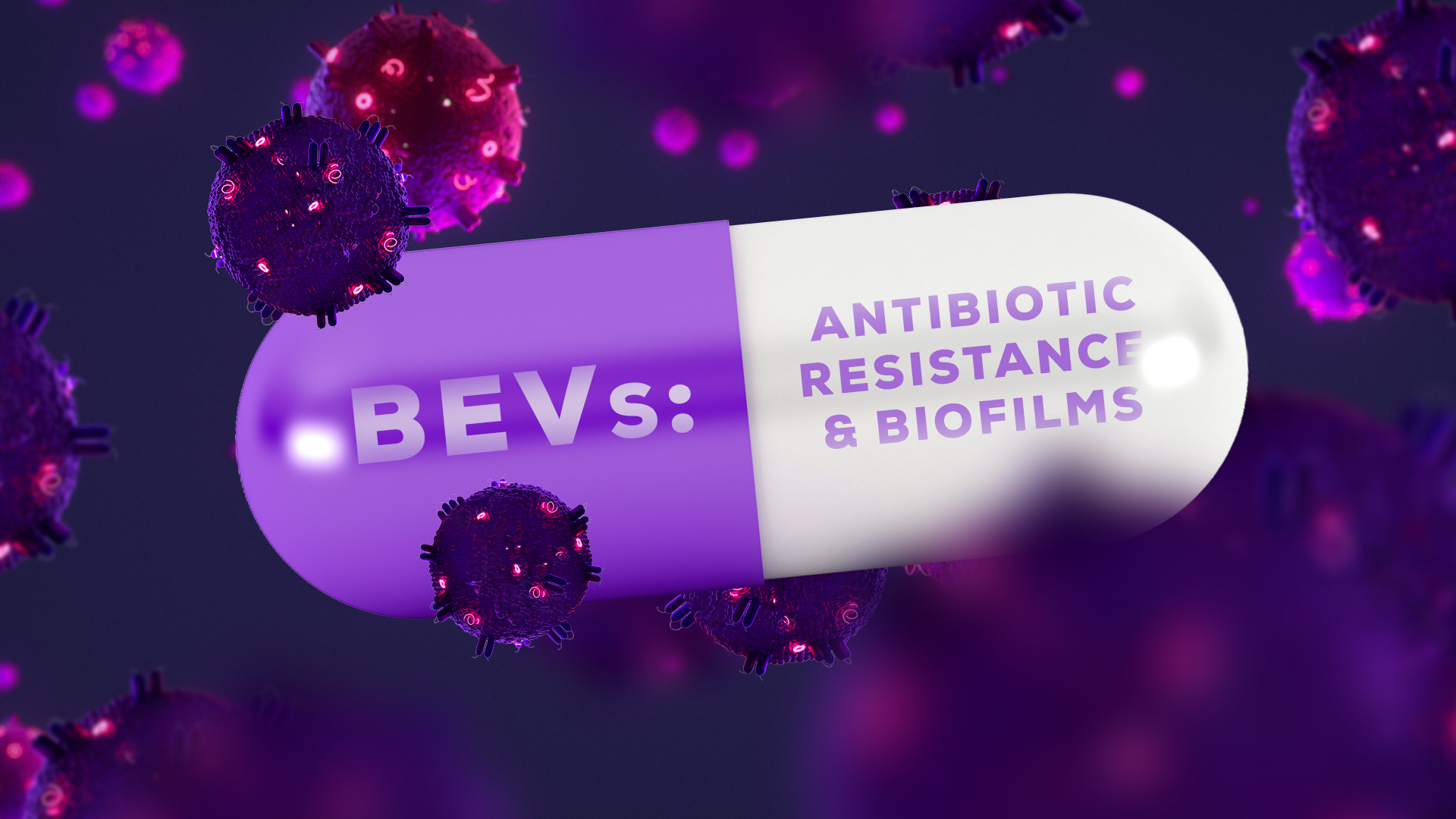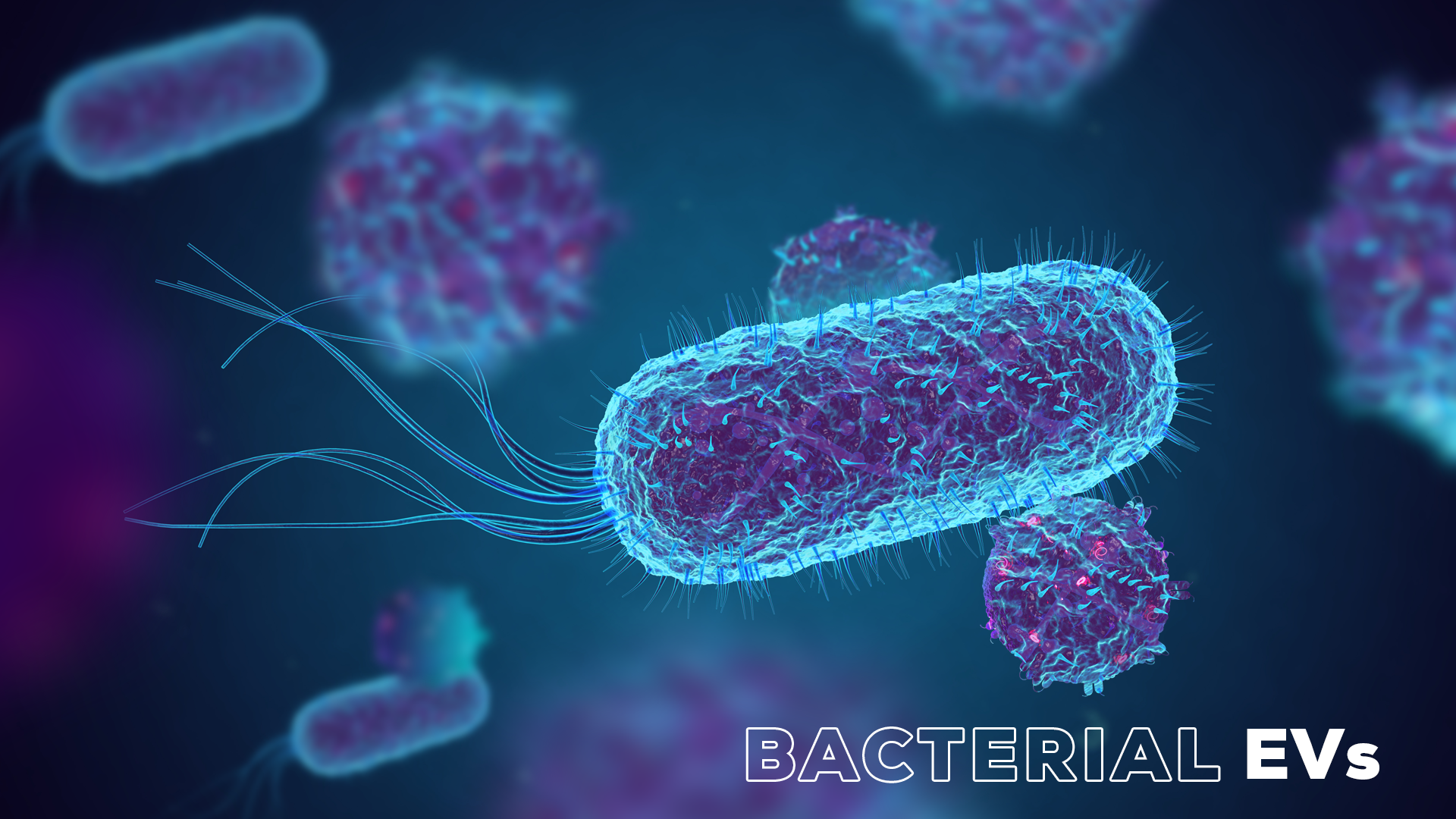Izon’s Archana Senthikkumar speaks with Dr. Caroline de Gracia Lux, Assistant Professor in the Department of Radiology at the University of Texas Southwestern Medical Center.
Please tell us a little bit about your research on perfluorocarbon nanodroplets as activatable ultrasound contrast agents.
When I joined UTSW in September 2015, my efforts were first dedicated to the formulation of low-boiling point perfluorocarbon (PFC) emulsions or nanodroplets (NDs) that will be used as phase change contrast agents (PCCA). I was convinced that the favored method reported in the literature that consists in pressurizing pre-formed microbubbles (MBs) was not an efficient process as the number of NDs produced was limited by the number of precursors MBs. Moreover, this technique resulted in the formulation of liposomes that have the same size of the NDs but without being filled with liquid perfluorocarbon.
Nanoscale emulsions exhibit several advantages for molecular imaging over micron-scale MBs. NDs have been shown to have longer in vivo dwell times, up to 4–5 hours in the case of dodecafluoropentane, whereas MB circulation is limited to minutes. Prolonged circulation times are expected to translate to a targeting advantage of NDs over MBs, given the increased temporal and physical opportunity for ligand–receptor interaction. NDs, up to 400 nm, are within the size regime able to extravasate into the extracellular space of tumors, with potential for nonspecific tumor targeting through the enhanced permeability and retention (EPR) effect, an advantage over intravascular MBs. NDs appear to be more resistant to ultrasound destruction than MBs, as NDs that accumulate in tumor tissue in vivo vaporize only in response to high intensity focused ultrasound, but not low intensity diagnostic ultrasound. By contrast, microbubbles are well known to be very susceptible to destruction by ultrasound imaging within clinically used ultrasound pressures.
What is Acoustic droplet vaporization (ADV)?
Acoustic droplet vaporization (ADV) refers to the conversion of droplets of liquid PFC emulsion into gas-phase MBs. These ultrasound contrast agents are referred to as phase-change contrast agents (PCCA) and possess great promises for diagnostic and potential therapeutic uses, image-guided and high-intensity focused ultrasound (HIFU) therapy, drug and gene delivery, sonoporation and DNA fragmentation.
How do you manufacture stable emulsions of superheated PFCs? How does it improve its behavior in vivo?
We used the high-pressure homogenization process that enables the direct production of small and activatable decafluorobutane (DFB) and octafluoropropane (OFP) NDs that are stable at 37 °C, and undergo ultrasound-triggered phase change at clinically relevant mechanical indices. This is the first report in which high pressure homogenization was applied to liquids with a boiling point lower than 0 °C, enabling the formulation of reproducible high-quality emulsions. We are now testing these emulsions in vivo.
How do you characterize and quantify NDs to ensure they are monodispersed and stable?
NDs are characterized by dynamic light scattering (DLS) and tunable resistive pulse sensing (TRPS) at the time of manufacture and then approximately every 3 days over 18 days and assessed for stability at various temperatures. TRPS provides high-resolution size and size distribution information as well as accurate concentration (particles/mL) over a defined size range. In this study, particle concentration was used for determining shelf-life stability and thermal stability of nano-emulsions at different time-points.
Stability of DFB ND emulsions stored at 4 °C over18 days. Mean diameter (A) and concentration (B) measured by TRPS.
What is your approach to minimize liposome in the ND formulation?
A good control of the temperature using sodium chloride/ice to stay below -15 °C. We showed using DLS/TRPS that high-pressure homogenization on samples without perfluorocarbon generated liposomes with smaller size than our NDs.
Your formulation technique is very effective and has various advantages. How will it impact future research in the field of microbubbles and nanodroplets?
Phase change from NDs holds potential for early detection of disease as well as drug/gene delivery, as they can be used to deliver their payload upon vaporization. Being able to produce highly concentrated and stable formulations is crucial to guide future research towards translation.









